Last Updated on December 29, 2023
Get ready to explore the untamed realm of the leopard, where you may uncover profound revelations, totemic knowledge, and hidden symbolism.
These strong and elusive big cats, which represent strength, adaptability, and the fundamental forces of nature, have a special place in the tapestry of spiritual symbolism.
We’ll delve into the symbolism of leopards in this exploration, providing insights that extend beyond their alluring spots and cunning ways.
We’ll show you how leopards can act as totem animals, including the difficulties they can guide you through, the deeds they can motivate you to do, and the life-changing solutions they can provide to those who welcome them.
Prepare to embrace your inner wild side and discover the meaning behind the leopard’s spirit animal status.
Key Takeaways
- Symbol of Strength and Power: Leopards are powerful predators, symbolizing strength, agility, and the formidable power of nature.
- Symbol of Stealth and Cunning:Leopards are known for their stealth and cunning hunting techniques, symbolizing the importance of strategy, patience, and tactical thinking.
- Symbol of Independence: Leopards are solitary creatures, symbolizing independence, self-reliance, and the ability to navigate life on one’s own terms.
- Symbol of Adaptability: Leopards are adaptable to various environments, symbolizing flexibility, resourcefulness, and the ability to thrive in diverse conditions.
- Symbol of Elegance: The sleek and graceful movement of leopards symbolizes elegance, beauty, and the importance of moving through life with grace and poise.
- Symbol of Mystery: Leopards are often associated with mystery and enigma, symbolizing the mysteries of life, the unknown, and the unseen aspects of existence.
What does a Leopard’s Significance as a Spirit Animal and Totem Animal Mean?
As a totem and spirit animal, the leopard has a wide range of symbolic meanings.
It is a symbol of strength and power that encourages people to face challenges head-on and do so with bravery and boldness.
This amazing cat is well-known for its versatility, which represents adaptability in negotiating the shifting terrain of life.
Its exceptional speed and agility promote making decisions quickly and taking advantage of opportunities.
The lonesome disposition of the leopard is symbolic of independence and self-sufficiency, encouraging us to follow our intuition and stand by ourselves when needed.
Its skill at camouflage and stealth emphasizes how important it is to remain unseen and see past outward appearances.
Leopards serve as a reminder to value grace and sophisticated aesthetics as well as beauty and elegance.
In certain situations, they exemplify cunning and deceit, using their wits and cunning to further their objectives.
Moreover, leopards can represent a desire for liberty and self-determination, pushing us to overcome social restraints.
Last but not least, as totem animals with spiritual significance in some cultures, leopards help people connect with their ancestors and learn important lessons.
The deep personal meaning of the leopard resonates with each of our individual life journeys.
RELATED: Cheetah: Spiritual Meaning, Dream Meaning, Symbolism & More
Understanding the Firm Grace of the Leopard Spirit Animal
Seeking Counsel and Healing:
– The leopard is often sought as a spiritual guide, especially during times of great strife, loss of a loved one, or significant life changes. Known as a healer of the mind and soul, the leopard reassures that even in moments of weakness, one possesses the necessary tools for recovery.
Piercing Gaze:
– The leopard’s physical and spiritual gaze is piercing. In its spirit form, it can cut through the facades individuals create for themselves. As a spirit animal, the leopard’s gaze reveals the true essence of a person, uncovering aspects that may be hidden or overlooked.
Soul Reading:
– Leopards, as spirit animals, have the ability to read souls, seeing immutable aspects that cannot be changed or concealed. They bring awareness to parts of individuals that may be overlooked or undiscovered, providing a deeper understanding of oneself.
Calling in Times of Straying:
– The leopard may call to individuals who feel they have gone astray in life or have lost a part of themselves. It serves as a guiding force to help rediscover and reclaim lost aspects, offering a sense of direction and purpose.
Recovery and Moving Forward:
– When faced with challenges, the leopard’s spirit encourages individuals to pick themselves up and keep moving forward. It symbolizes resilience, emphasizing that even in moments of weakness, inner strength and tools for recovery exist within.
Finding Lost Aspects:
– The leopard, as a spiritual guide, has the ability to find lost aspects within individuals. Whatever may have been lost, the leopard is believed to uncover and restore it, guiding individuals back to a sense of completeness.
RELATED: Bobcat: Spiritual Meaning, Dream Meaning, Symbolism & More
Developing a Relationship with the Wild Essence of Your Totem Animal, the Leopard
- If the leopard is your totem, you are seen as an enigma to others, and even those who know you may find it challenging to keep track of you.
- Comfortable with yourself, you know what you want, and you don’t let others’ opinions affect your choices.
- Your elusiveness works to your advantage, especially in assessing new situations without drawing unnecessary attention.
- While others may ask loud questions and seek attention, you prefer to observe quietly, making decisions with ample knowledge and precision.
- Your cautious and realistic approach can be an asset, but it’s essential to ensure it doesn’t turn into avoidance without valid reasons.
Utilizing the Leopard as Your Power Animal to Unleash Its Ferocious and Agile Energy
- The leopard symbolizes beauty, grace, and power, making it a potent ally in facing challenges.
- It helps conceal weaknesses and navigate unfamiliar situations, especially when feeling unprepared.
- As a master of elusiveness and power, the leopard embodies a balanced approach crucial for success.
- Invoking the leopard’s power aids in maintaining balance and strength in the face of challenges.
- The leopard’s spirit strengthens one’s resolve, particularly in challenging moments.
- Unflinching in its goals, the leopard inspires commitment and determination.
- In times requiring assertiveness, the leopard’s spirit encourages setting boundaries and saying “no” to external pressures.
RELATED: Jaguar: Spiritual Meaning, Dream Meaning, Symbolism & More
Understanding the Dream Significance of Leopards
Individualistic Nature of Dreams:
– Dreams are inherently unique to individuals, reflecting a collection of subconscious thoughts and emotions specific to the dreamer. Interpretations often vary based on personal experiences and feelings associated with the dream.
Symbolism of the Leopard:
– The appearance of a leopard in a dream may signal a sense of unease or the perception that something is amiss. The leopard, known for its danger, can evoke fear and feelings of being unprepared.
Reflecting Unresolved Tasks:
– Consider the emotions felt during the dream. If fear or unpreparedness is prominent, it might symbolize the realization of an overdue or neglected task that is now catching up. The dreamer may be uncertain about how to address it.
Emotions of Frustration or Envy:
– Frustration or envy in the dream could indicate deeper emotions. Jealousy of the leopard’s autonomy may suggest a desire for more freedom and a life without constant fear of consequences.
Seeking Autonomy and Freedom:
– The leopard’s symbolic freedom and ability to go where it chooses may highlight a perceived lack of autonomy in the dreamer’s life. The dream might serve as a subconscious expression of the desire for more freedom and independence.
Exposing the Symbolic Richness of Leopard Tattoos: Voluntary and Aggression
- Leopards are popular in tattoo designs, symbolizing self-reliance and the ability to navigate tough situations.
- Depicting leopards near water can convey tranquility and calmness, appealing traits for social interactions.
- The adaptability of leopards is also a symbol, especially for those seeking to connect with diverse people.
- Partial leopard tattoos, like an eye, may symbolize vision, clarity in goals, or insight into others’ intentions.
- A leopard’s mouth in a tattoo could represent the desired embodiment of ferocity and strength.
- Leopard fur patterns on a tattooed body can symbolize the desire for attention or the ability to be inconspicuous when needed.
RELATED: Coyote: Spiritual Meaning, Dream Meaning, Symbolism & More
Uncovering the Spiritual Meaning of Leopards: Insights into Power and Quickness
- Leopards symbolize hidden strength, being pound-for-pound one of the strongest big cats.
- Despite being smaller than lions, tigers, and jaguars, leopards hold their ground and carve out niches alongside larger predators.
- The strength of the leopard lies in its spirit and will to face larger beasts without backing down.
- Known for agility, leopards can quickly and silently jump their prey, showcasing their adaptability and swift hunting skills.
- Climbing ability is iconic, often seen lounging on tree branches, displaying versatility.
- – Contrary to many other cats, leopards love water, crossing rivers to find prey and establish homes.
- – Adaptability defines leopards as they move and find their place wherever circumstances take them.
Astrological Significance of Leopards and Their Zodiac Signs
Those with the Zodiac sign of Aquarius, and were born in the Chinese year of the Dragon, will have the sign of the leopard, according to primal astrology.
Now, those of us who are leopards may find themselves at the center of attention, whether they like it or not.
The silent strength that they typically carry themselves with often means that when people notice them, they tend to fill a room with their natural ability to assert themselves in a situation, even if they might prefer to try and hang back and gauge a room.
They just have too much personality for that approach at times.
Now, this can be a good thing in many cases. Being able to place yourself in everyone’s attention, and being heard, is a great quality to have if you want to lead others, without having to jostle for that position with others.
People know that you want to be heard, and that’s just what they’ll do.
However, this can work against you too. If you are feeling like you are in a dark place, that magnetic personality soon brings with it toxic energy that can infect an entire room.
If you are feeling down in a situation, it might be best to withdraw as best you can from it, until you are feeling like yourself again. You don’t want to bring the mood down, do you?
You should also make sure to temper your ego if you find yourself at the center of attention.
That influence and power can often go to your head, which may lead you down a path you never intended to trek in the first place.
RELATED: Tiger: Spiritual Meaning, Dream Meaning, Symbolism & More
Exploring the Magnificent World of Leopard Symbolism in Literature and Art
| Theme | Explanation |
| Power and Strength | Often used to symbolize dominance and authority. |
| Fierceness and Ferocity | Symbolizes determination and a relentless pursuit of objectives. |
| Elegance and Beauty | Symbolizes grace, sophistication, and refined beauty. |
| Deception and Cunning | Associated with characters who use intelligence and craftiness. |
| Freedom and Independence | Reflects a desire for independence and freedom. |
| Transformation and Change | Symbolizes adaptation to new situations. |
| Spirituality and Totemism | Held spiritual significance and associated with ancestral spirits or deities. |
Leopard symbolism in art and literature often reflects the characteristics of this magnificent big cat. Here are some common themes:
Power and Strength: Leopards are frequently used as symbols for courage, strength, and power in literary and artistic works. They are the ideal embodiment of these attributes due to their magnificent appearance and skill at hunting. They are frequently employed to depict figures or ideas connected to power and domination.
Fierceness and Ferocity: When hunting, leopards are renowned for being ferocious and aggressive. They can represent ferocity, tenacity, and the relentless pursuit of objectives in literature and art. They are frequently employed to portray people who will stop at nothing to accomplish their goals.
Elegance and Beauty: The leopard’s distinctive coat, covered in rosettes, is a symbol of beauty and elegance. This aesthetic appeal is often utilized in art to represent concepts of grace and sophistication. Leopards may symbolize characters or ideas associated with refined beauty.
Deception and Cunning: In some literary works, leopards are also connected to deceit and cunning because of their stealth and adaptability. They stand for people who are cunning and clever enough to outsmart others or use strategy to accomplish their objectives.
Freedom and Independence: Leopards are solitary animals that cover large lands. They may represent a yearning for autonomy and freedom in certain situations. They might stand for people who want to overcome limitations or social norms.
Transformation and Change: In some African cultures, leopards are associated with transformation and change. Their ability to blend into their surroundings is seen as a metaphor for adapting to new situations and environments.
Spirituality and Totemism: In various indigenous cultures, leopards hold spiritual significance and are considered totem animals. They are believed to possess unique qualities and are associated with ancestral spirits or deities.
Traveling Through Mythology and Folklore’s Ferocious Leopard Symbolism
| Culture | Common Leopard Symbolism |
| African Folklore | Associated with strength, agility, and courage. |
| Ancient Egypt | Sacred to the god Aker, a guardian against evil. |
| Greek Mythology | Linked to the god Dionysus, representing wildness. |
| Chinese Culture | Symbol of military valor and bravery. |
| Negative Symbolism | Leopards are connected to danger and dishonesty in certain cultures. |
| Christianity | In Christian art, they are sometimes associated with sin. |
Leopard symbolism in mythology and folklore is rich and varied, often representing a blend of positive and negative attributes. Here are some examples:
African Folklore: Leopards are revered as strong, crafty animals in many African cultures. They are frequently connected to bravery, strength, and agility. In fact, some tribes view leopards as totemic symbols or even sacred animals. According to certain African creation myths, leopards shaped the world.
Ancient Egypt: In ancient Egyptian mythology, leopards were associated with the god Aker, a guardian of the Earth who had the power to protect against evil spirits. Leopards were often depicted on amulets and other protective symbols.
Greek Mythology: In Greek mythology, the Nemean lion, a legendary lion with an impenetrable hide, is sometimes associated with leopards. Heracles (Hercules) famously slew the Nemean lion as one of his twelve labors.
Chinese Culture: In Chinese folklore, leopards are sometimes seen as symbols of military valor and bravery. The leopard is one of the 12 animals of the Chinese zodiac and represents people born in certain years associated with the leopard in the Chinese calendar.
Negative Symbolism: Conversely, in many cultures, leopards are occasionally represented as symbols of peril and dishonesty. It is possible to view their stealthy and reclusive nature negatively, as they are occasionally connected to danger or deceit.
Christianity: In Christian art and symbolism, leopards have been associated with the devil and sin due to their predatory and cunning nature. In some religious texts, leopards are used metaphorically to represent sin and temptation.
The Leopard in Native American Tradition: Lessons from Indigenous Wisdom
Since leopards are not native to the Americas, they have no special place in Native American culture.
Animals that are native to their areas, such as wolves, bears, eagles, and other North American creatures, are the main focus of Native American cultures.
These animals, which stand for different characteristics and facets of the natural world, are frequently featured prominently in myths, legends, and cultural symbolism.
Since leopards are endemic to Africa and some regions of Asia, they play no particular role and carry no particular symbolism in the various Native American traditions.
Rather, to communicate their stories and beliefs, these indigenous cultures make use of the animals and natural elements found in their surroundings.
This serves to further emphasize the close relationship that exists between their spirituality and the environment.
As a result, leopards do not feature in the intricate web of Native American mythology and symbolism.
Celtic Mythology’s The Leopard: A Story of Fury and Freedom
Not many leopards appear in Celtic mythology.
Originating from the Celtic-speaking peoples of Europe, especially those in Ireland, Scotland, Wales, and Brittany, animals, gods, and other natural phenomena are the main subjects of Celtic mythology.
These mythologies are varied and rich, but they frequently include mythical creatures like dragons, faeries, and selkies, as well as animals like wolves, stags, and birds.
Because they are not native to Europe, leopards are not frequently featured in Celtic mythology.
In their daily lives, the Celtic people found meaning and symbolism in the animals and natural elements they came across.
As a result, leopards have little significance in Celtic folklore and are not included in the conventional pantheon of Celtic mythology.
Leopards’ Magnificent Presence in Japanese Culture
Since they are not indigenous to Japan, leopards are not particularly symbolic or present in Japanese folklore, traditional beliefs, or culture.
Animals like the crane, tanuki (a raccoon dog), and kitsune (a fox) are heavily associated in Japanese mythology and culture.
These animals also have specific symbolic meanings. Leopards are not a part of Japanese mythology or culture since they are not found in the country’s natural habitat.
Leopard Significance in Feng Shui: Harmonizing Strength and Style
Leopards are not one of the specific animal symbols used in traditional Feng Shui.
The core principles of Feng Shui are the placement of items and areas to encourage harmony and good energy flow in one’s surroundings.
Although there are many symbols, elements, and animal representations in this ancient Chinese practice, leopards are not typically connected to it.
Animals with specific symbolic meanings, such as dragons, phoenixes, and turtles, are frequently used in Feng Shui.
Nonetheless, in certain contemporary Feng Shui interpretations, attributes associated with the leopard, like strength, agility, and independence, may be represented by leopard prints or imagery.
These attributes can be used to evoke particular feelings or evoke particular qualities in the decor and design of a space.
It’s crucial to remember, though, that traditional Feng Shui practices—which have their roots in antiquated Chinese philosophy—do not incorporate these interpretations.
Disclosing the Bible’s Symbolic Meaning of Leopards
The Old Testament contains the majority of the references to leopards in the Bible. The significance of these references varies according to the passages’ specific context.
The following are some biblical references to leopards along with their interpretations:
Symbol of Fierceness and Aggression: In the Old Testament, the Book of Daniel (Daniel 7:6) describes a vision in which a leopard with four wings and four heads represents a fierce and aggressive kingdom. This imagery symbolizes a powerful and swift nation or empire.
A metaphor for Watchfulness: In the Song of Solomon, the beloved is described as a bride who is like a leopard (Song of Solomon 4:8). In this context, the metaphor might suggest that the bride is watchful and alert, which can be seen as a positive attribute in the context of a loving relationship.
Metaphor for Spotted or Stained Character: A metaphor involving an Ethiopian changing his skin or a leopard changing its spots can be found in the Book of Jeremiah (Jeremiah 13:23). This analogy suggests that some people are thought to be incapable of altering their behavior or character, much as a leopard cannot change its spots.
Symbol of Strength and Agility: The Bible does not specifically mention leopards, but they are thought to symbolize strength, agility, and speed. These qualities could be used to symbolically describe the physical or metaphorical strengths of people or groups.
It’s crucial to keep in mind that different theologians and academics may interpret these biblical allusions differently, and that the context of each particular passage frequently influences how these allusions are understood.
In the Bible, leopards are mostly employed as metaphors or symbols to represent specific traits or attributes—both good and bad—that are mentioned in the story.
Greek Mythology’s The Leopard: A Story of Majesty and Myth
Leopards covered a much larger range of land than they do in today’s world and would have inhabited many of the places an empire such as Ancient Greece would have visited and conquered.
Like lions, they would have been an incredible sight for these ancient people, who had no real equivalent in mainland Europe.
Leopards, very much like panthers and bulls, were regularly associated with the Greek god Dionysus, god of wine, freedom, and insanity, when the deity was widely worshiped.
The panther’s association with freedom in Europe dates back as far as even this god, whose tales from Ancient Greek culture and mythology are legendary, and often tied into ideas of unpredictability, and primal, carnal nature.
This may be one of the reasons why he is depicted with many animals foreign to Greece, such as lions, tigers, and panthers, which would include leopards.
Even before industrialization and hunting drove down their numbers, leopards weren’t typically seen in mainland Greece, so would have been a sight to behold for the Greeks.
Given that many stories of Dionysus describe him coming from a distant land, this theme is only further tied to that idea.
Not only that, but Dionysus, before he became part of the core Olympian pantheon, was typically, and still was to some extent, a patron deity of outsiders to the mainstream, a protector of those who were not accepted by polite society.
Given the leopard’s solitary temperament, as well as the independence and freedom that its agility affords it, the connections only become stronger.
RELATED: Tiger: Spiritual Meaning, Dream Meaning, Symbolism & More
What Does It Mean to Decipher the Symbolic Significance of Seeing a Leopard?
Seeing a leopard in your dreams, visions, or everyday life frequently has symbolic connotations associated with the traits and actions of the leopard.
Seeing a leopard can represent the following since they are known for their strength, agility, and predatory nature:
Power and Strength: Being strong and nimble, leopards can represent you or someone close to you having the fortitude and resilience to face difficulties.
Assertiveness and Courage: The leopard’s predatory nature can represent assertiveness, courage, and a willingness to confront difficult situations or issues head-on.
Adaptability: Leopards are renowned for their flexibility in adapting to different hunting conditions and tactics. A leopard sighting could indicate that you need to be adaptable and flexible in order to deal with life’s changes.
Warning or Caution: In some cultures, leopards are considered symbols of danger. Seeing a leopard could be a warning to be cautious and watchful in your waking life.
Understanding the Symbolic Significance of Hearing a Leopard’s Call
Hearing the sounds of a leopard, such as its distinctive growl or roars, can also have symbolic meanings:
Warning or Alarm: Hearing a leopard’s roar or growl can serve as a warning or alarm. It may be a sign to pay attention to potential threats or dangers in your life.
Assertive Communication: Leopards communicate with one another and establish their dominance through vocalizations. The sounds of a leopard may represent the necessity of assertive communication in your daily life.
Analyzing the Symbolic Importance of Meeting a Dead Leopard
Coming across a dead leopard, whether in a dream or real life, can carry its own set of meanings:
Symbol of Change: Meeting a dead leopard could represent a big shift or metamorphosis in your life. It might signify the start of something new and the end of a strong or assertive stage.
Warning of Danger: In some cultures, a dead leopard is seen as a bad omen and may be interpreted as a warning of danger or a challenging period ahead. It’s a signal to stay cautious and prepared.
Reflecting on Loss: Seeing a dead leopard may encourage you to reflect on what has been lost or sacrificed, as leopards are often seen as symbols of strength and power.
The meaning of seeing or hearing a leopard can vary depending on your personal beliefs, cultural background, and the circumstances surrounding the encounter, just like it can with many other dream symbols and animal encounters.
Exploring the Rich and Varied Domain of Leopard Symbolism
| Symbolism | Description |
| Strength and Power | Symbolizes the capacity to overcome obstacles. |
| Courage and Boldness | Signifies fearlessness and assertiveness. |
| Adaptability | Conveys flexibility and navigating change. |
| Speed and Agility | Represents haste and prompt decision-making. |
| Independence | Reflects self-reliance and trusting one’s instincts. |
| Stealth and Camouflage | Represents staying unnoticed and seeing beyond appearances. |
| Beauty and Elegance | Associated with grace and aesthetic qualities. |
Strength and Power: Because of its predatory instincts and exceptional hunting abilities, the leopard is frequently used as a symbol of strength, power, and agility. It is a symbol for the capacity to overcome difficulties and barriers in many different cultures.
Courage and Boldness: Leopards are known for their courage and boldness in hunting. They symbolize the qualities of fearlessness, assertiveness, and a willingness to face adversity head-on.
Adaptability: Leopards are incredibly versatile creatures that can live well in a variety of habitats. They are symbolic of flexibility, adaptability, and the ability to deal with changing conditions.
Speed and Agility: Leopards are incredibly fast and agile creatures. They symbolize swiftness, quick decision-making, and the ability to seize opportunities.
Independence: Leopards are solitary animals and are often associated with independence and self-reliance. They represent the ability to stand alone and trust one’s instincts.
Stealth and Camouflage: Leopards are experts at hiding and moving stealthily. This symbolism can stand for both the capacity to see past outward manifestations and the idea of remaining undetected or hidden when necessary.
Beauty and Elegance: Their striking coat patterns and regal appearance make leopards a symbol of beauty and elegance. In some cultures, they are associated with grace and aesthetic qualities.
Examining Leopard Sayings: Natural Wisdom
| Saying | Meaning |
| “A leopard can’t change its spots” | Implies that a person’s character is unlikely to change. |
| “Running with the big dogs (or leopards)” | Describes rivalry or friendship with powerful individuals. |
| “Leopard in a sheep’s clothing” | Suggests someone pretending to be harmless but is cunning. |
“A leopard can’t change its spots”: This saying implies that a person’s essential nature or character is unlikely to change, similar to how a leopard’s spots are a permanent part of its appearance.
“Running with the big dogs (or leopards)”: This phrase is used to describe someone who is competing or associating with people of power, influence, or high status.
“Leopard in a sheep’s clothing”: This variation on the “wolf in sheep’s clothing” idiom suggests that someone is pretending to be harmless or innocent but is dangerous or cunning.
Linking Leopard Symbolism to Deity Knowledge
| Deity | Associated Qualities |
| Dionysus (Ancient Greek Mythology) | Symbolized wildness, freedom, and untamed nature. |
| Bastet (Ancient Egyptian Mythology) | Symbolized aggressive and protective traits. |
| Narasimha (Hindu Mythology) | Symbol of divine strength and protection. |
| Agurzil (Berber Mythology) | The deity associated with leopards as messengers. |
| Huitaca (Muisca Mythology, Colombia) | Goddess associated with pleasure, beauty, and transformation |
Dionysus (Ancient Greek Mythology): There were occasions when the god Dionysus was linked to leopards, which he revered. They stood for freedom, wildness, and the uncontrolled elements of the natural world.
Bastet (Ancient Egyptian Mythology): Bastet, the Egyptian goddess of home, fertility, and childbirth, was often depicted with the head of a lioness or a leopard. She represented both protective and aggressive qualities.
Narasimha (Hindu Mythology): While not precisely a leopard, Lord Narasimha, an avatar of Vishnu, had the head of a lion. He is a symbol of divine strength and the courage to protect devotees.
Agurzil (Berber Mythology): In the beliefs of the Berber people of North Africa, Agurzil is a deity associated with leopards. Leopards were believed to serve as messengers between Agurzil and the people.
Huitaca (Muisca Mythology, Colombia): The Muisca people believed that Huitaca was a goddess of beauty, pleasure, and metamorphosis. She was frequently portrayed as having traits similar to a leopard.
Examining Leopard Symbolism – Related Facts & Trivia
- Spots and Uniqueness: Each leopard’s spot pattern is unique, much like human fingerprints. This individuality reflects the symbolism of embracing one’s uniqueness and distinct qualities.
- Ambush Predators: It is well known that leopards hunt by ambush. This can stand for the value of perseverance and planning when taking on opportunities or challenges.
- Camouflage and Adaptability: Leopards’ spotted coats serve as effective camouflage. Their symbolism encourages adaptability and the ability to blend into different situations.
- Night Vision: Leopards have excellent night vision. This trait can represent the ability to see through darkness or confusion, symbolizing insight and clarity.
- Solitary Nature: Leopards are solitary animals. Their symbolism includes self-reliance, independence, and the ability to stand alone when necessary.
- Top Predators: Leopards are apex predators, reflecting their symbolisms of strength, power, and the ability to overcome challenges.
Organizations for Leopard Protection
The Leopard Trust: The conservation and protection of leopards in the wild is the mission of this organization. They strive to protect the habitat of leopards and increase public awareness of the dangers these large cats face.
World Wildlife Fund (WWF): WWF supports various conservation efforts, including those focused on leopards. They work to combat habitat loss and illegal wildlife trade.
Panthera: Panthera is a global organization committed to preserving big cats, including leopards. They engage in research, habitat protection, and anti-poaching initiatives.
Snow Leopard Trust: While not directly related to leopards, this organization focuses on conserving and protecting snow leopards, another big cat species. Their work contributes to the broader cause of big cat conservation.
Effective Significance of Leopards in Everyday Life
- Embrace Uniqueness: Just as leopards are unique with their spot patterns, you should embrace your individuality and recognize your strengths and weaknesses.
- Strategic Thinking: Learn from leopards’ hunting techniques by approaching challenges strategically. Take your time to plan and act decisively when the right moment arrives.
- Adapt to Change: Leopards are masters of adaptation. Apply this symbolism to your life by being flexible and open to change when necessary.
- Night Vision: In your daily life, cultivate insight and clarity. Practice seeing through obscurity, whether in decision-making or in understanding complex situations.
- Independence: Even though humans are social animals, it’s important to respect independence and self-sufficiency. Strike the correct balance between asking for help when you need it and standing by yourself when necessary.
- Strength and Resilience: Draw strength and resilience from the leopard’s symbolism to face challenges and obstacles with confidence.
- Support Conservation: If the symbolism of leopards inspires you, you might want to consider contributing to organizations that work to protect these amazing creatures. Your efforts may have an actual effect.
Examining the Deep Symbolic Significance of Leopards
So, given the many aspects of the leopard we have covered in this guide, here are just some of the meanings that are attached to these majestic creatures:
- Independence
- Hidden Strength
- Elusiveness
- Independence
- Freedom
- Agility
- Grace & poise
- Ferocity
- Clarity of vision
- Reserved
Frequently Asked Questions
What does the leopard symbolize in different cultures?
In many different cultures, leopards can represent a variety of traits and characteristics. They may signify adaptability, stealth, or uniqueness in other cultures, but in Africa, they are typically associated with strength and power.
What is the spiritual meaning of seeing a leopard?
Seeing a leopard can symbolize inner strength, resiliency, or the need to follow your gut feelings in spirituality. It may indicate that you are about to embark on a phase in which these attributes become crucial.
What does it mean to dream of a leopard?
The meaning of a leopard dream can be interpreted in several ways. It might be an indication of unfulfilled desires, a warning to exercise caution, or a reminder to value your individuality. To provide a more accurate interpretation, the dream’s context is essential.
Are there any negative connotations to leopard symbolism?
Although they are frequently linked to positive attributes, leopards can also represent aggression or danger due to their predatory nature. It is important to take into account the context in which leopard symbolism is employed.
How can I apply leopard symbolism to my life?
Leopard symbolism can be applied by valuing your individuality, acting with purpose, and being flexible in response to changing conditions. Make use of the symbolism to strengthen your inner fortitude, independence, and resilience.
Are leopards endangered, and is there a connection to their symbolism?
Yes, because of poaching and habitat loss, leopards are listed as vulnerable in many areas. Because of their endangerment, the symbolism may take on a greater urgency, emphasizing the need to preserve these animals and their attributes.
Is there a specific leopard totem or spirit animal meaning?
Leopards may be regarded as spirit animals or totems in certain spiritual traditions. A leopard is a spirit animal that can represent strength, intuition, and a close relationship with the spiritual realm.
Do leopards appear in literature and art?
Indeed, leopards feature heavily in both literature and art. They frequently stand for strength, elegance, and peril. They can serve as metaphors for characters or attributes in literature.
Are there any specific leopard gods or goddesses in mythology?
Different cultures have different deities connected to leopards. For instance, the goddess Sekhmet in ancient Egyptian mythology represented both her destructive and protective sides with a form resembling a leopard.
How can I support leopard conservation efforts?
By making donations to respectable wildlife organizations, raising awareness of the difficulties leopards face, and supporting laws that preserve their habitats and stop the illegal wildlife trade, you can help conserve leopards.
RELATED: Lion: Spiritual Meaning, Dream Meaning, Symbolism & More
- Unlocking The Parrot Spirit Animal Mystique: Symbolism, Totem, And Beyond - February 15, 2022
- Seagulls’ Mystical Flight: Symbolic Insights And Totemic Meanings - February 15, 2022
- Pegasus: Spiritual Meaning, Dream Meaning, Symbolism & More - February 15, 2022

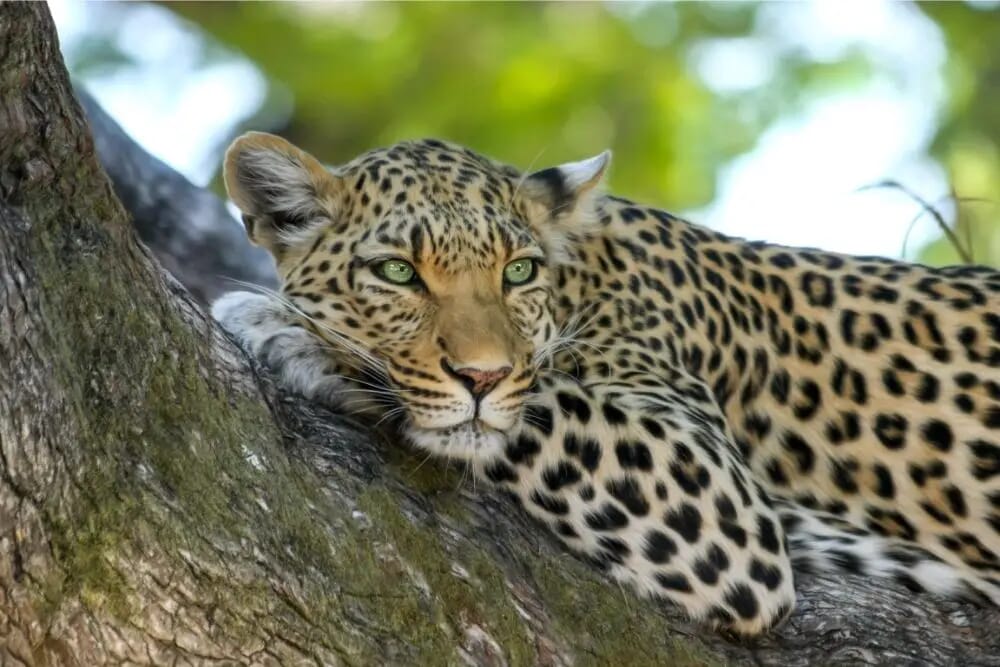



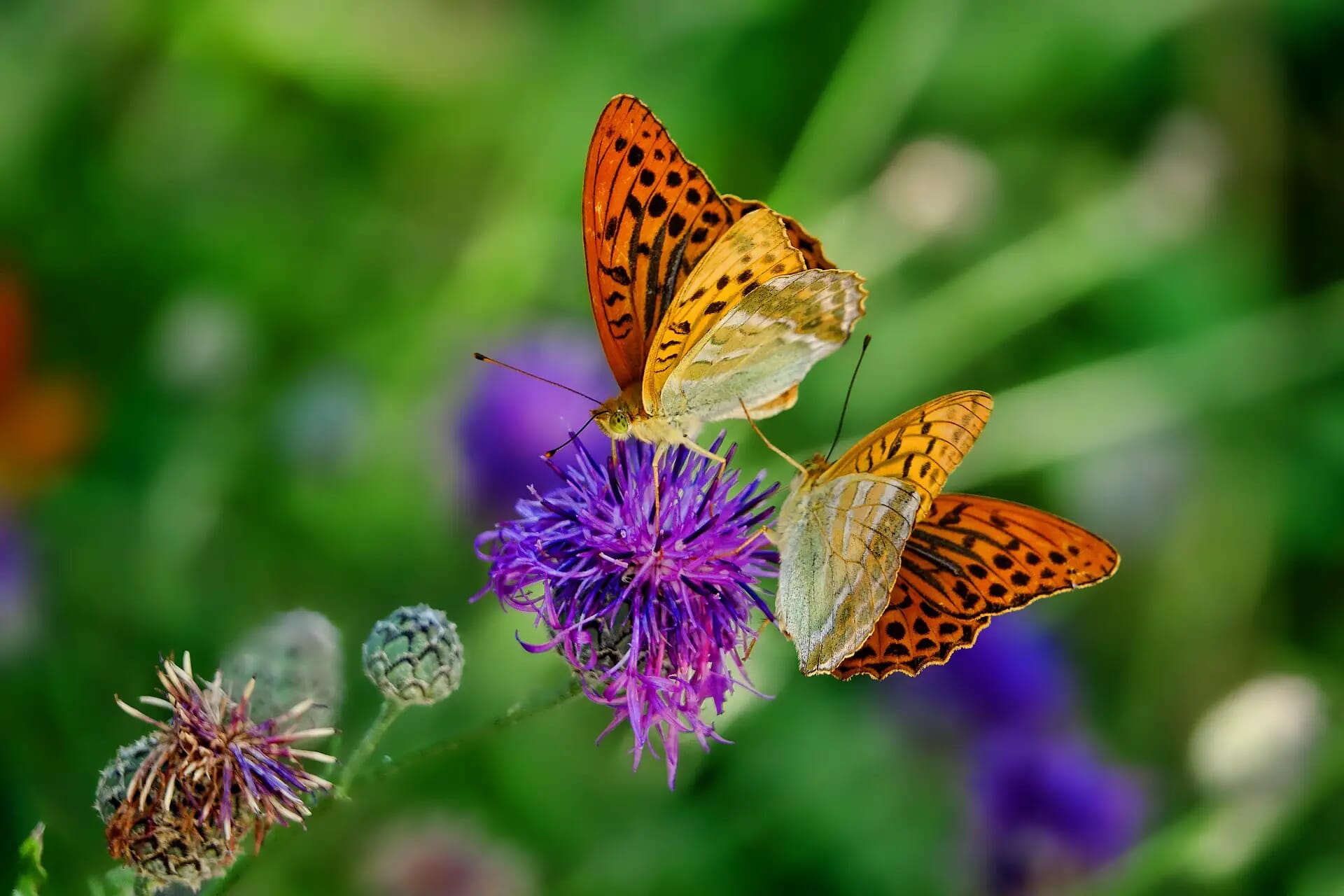

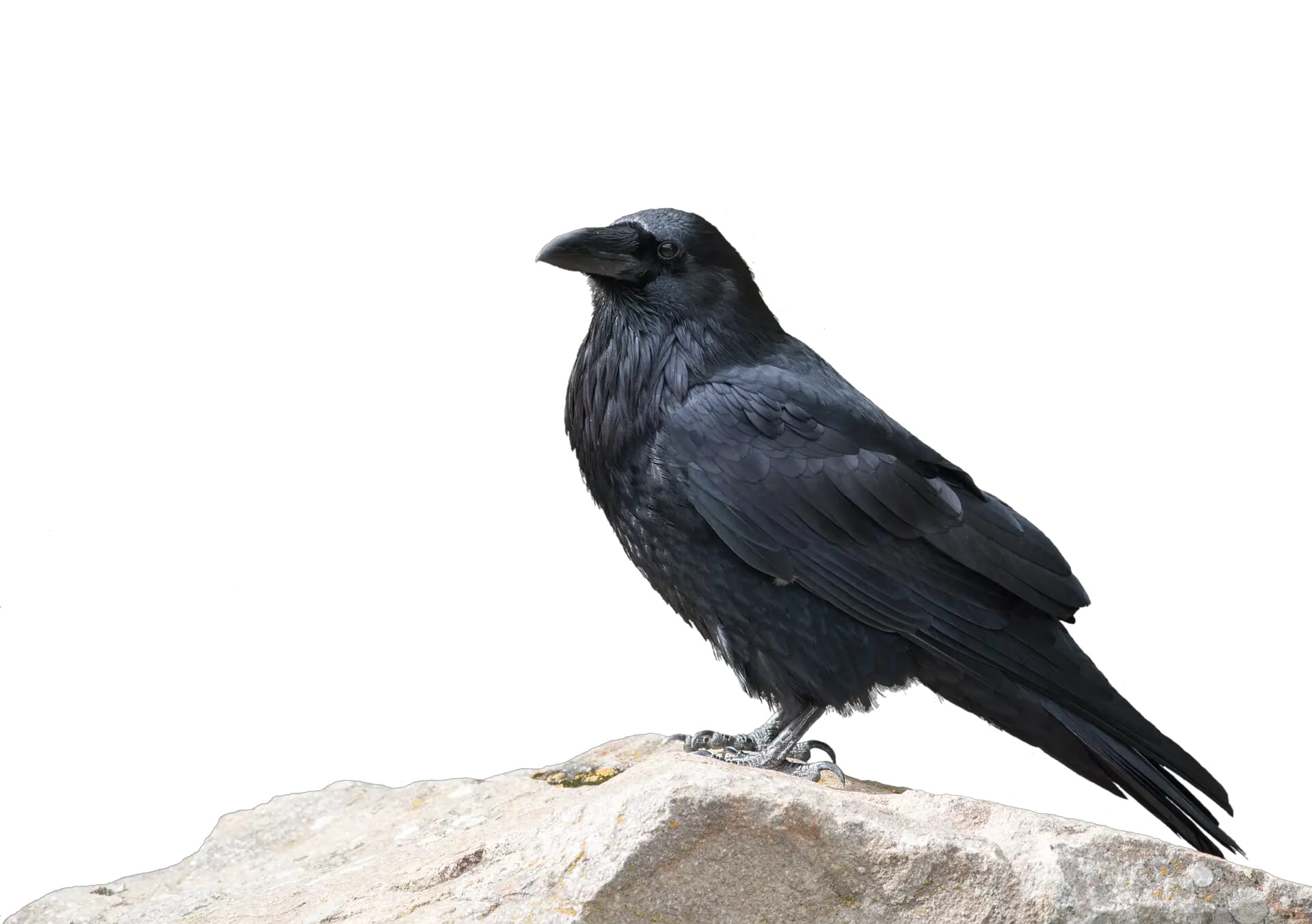
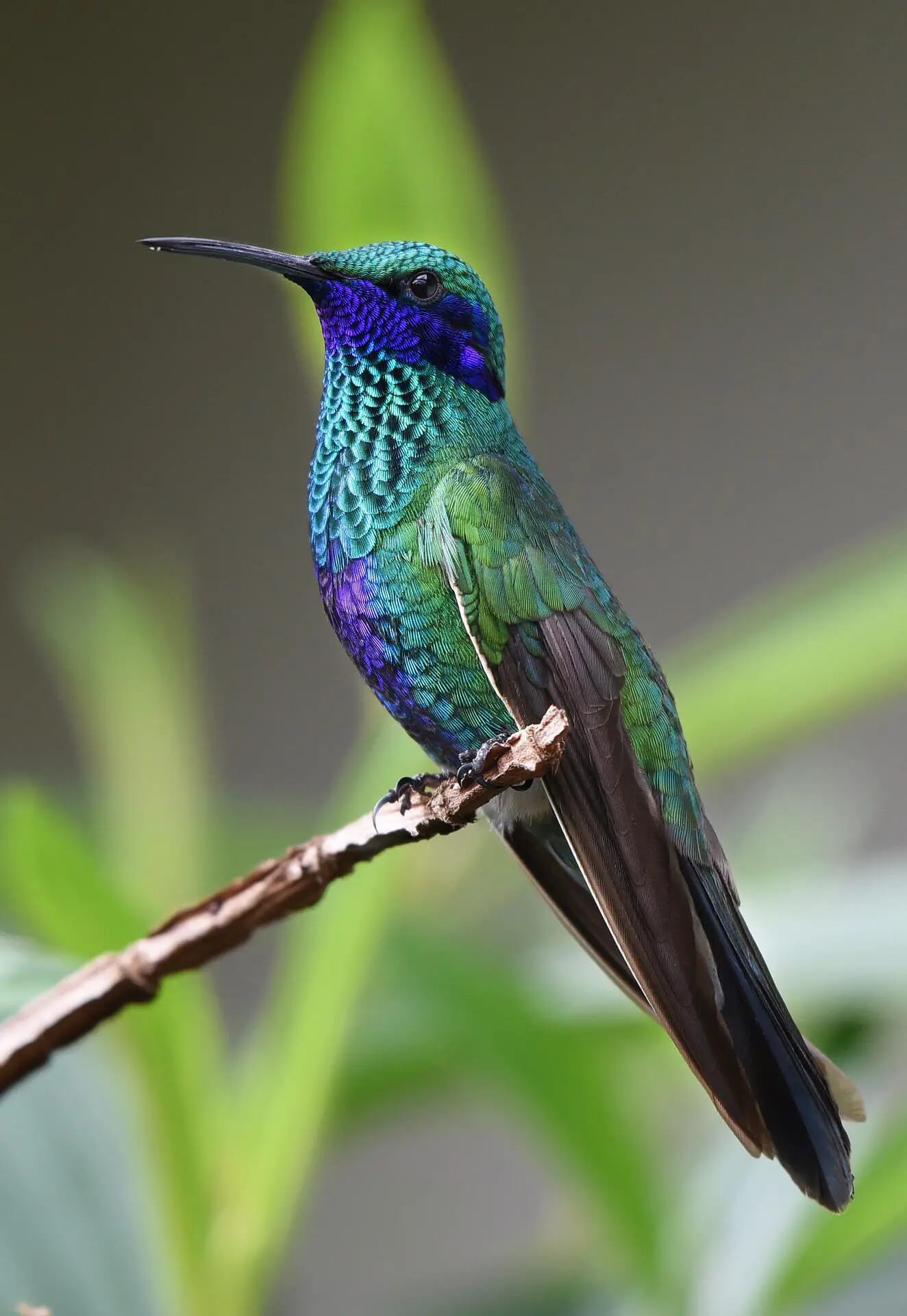
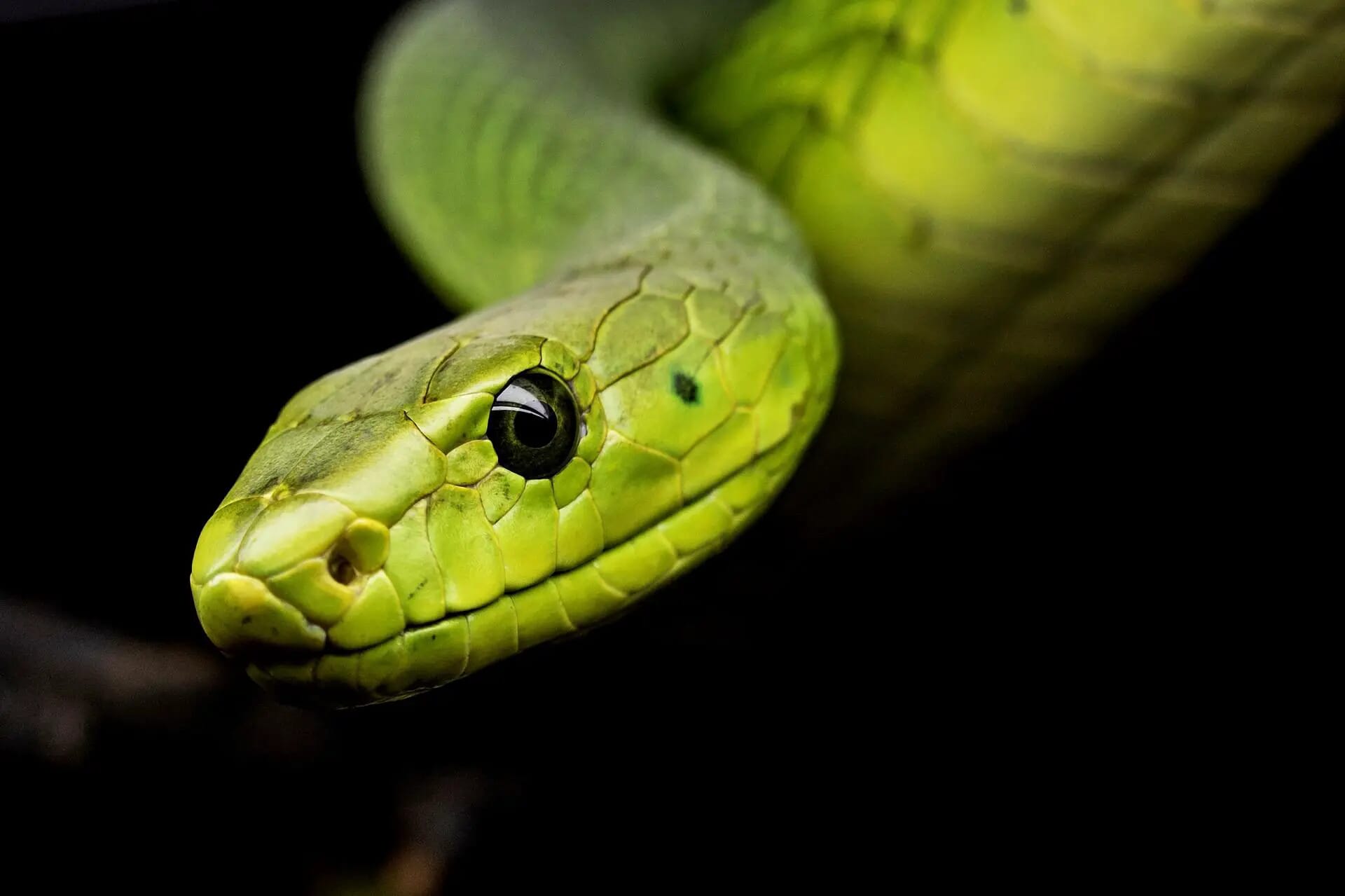
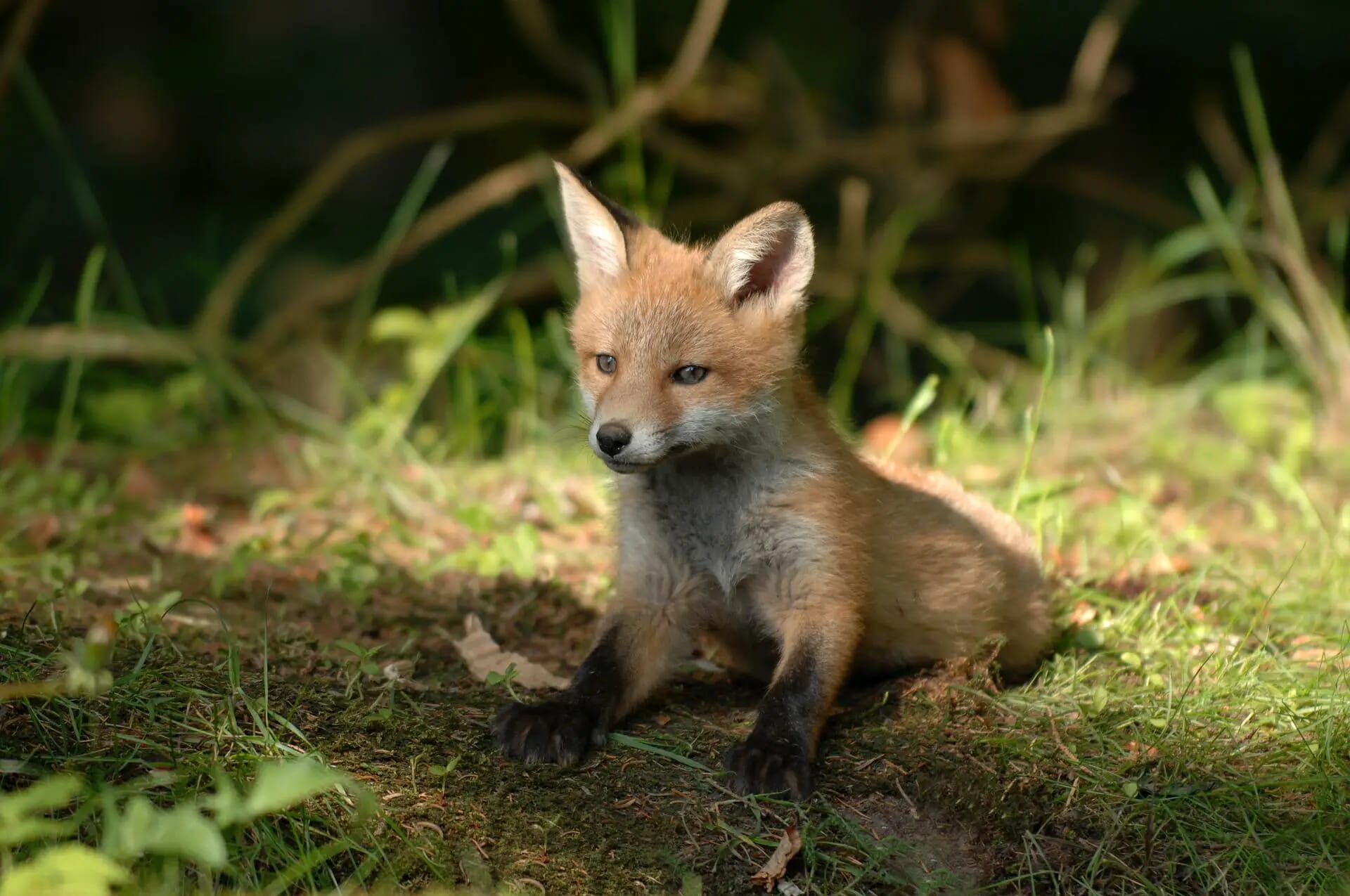
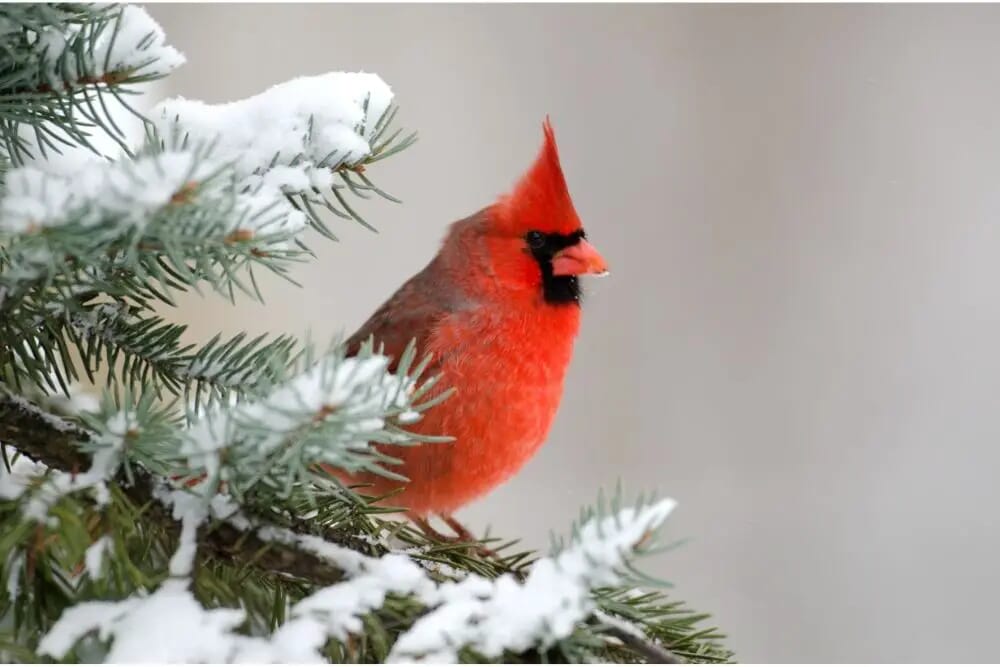
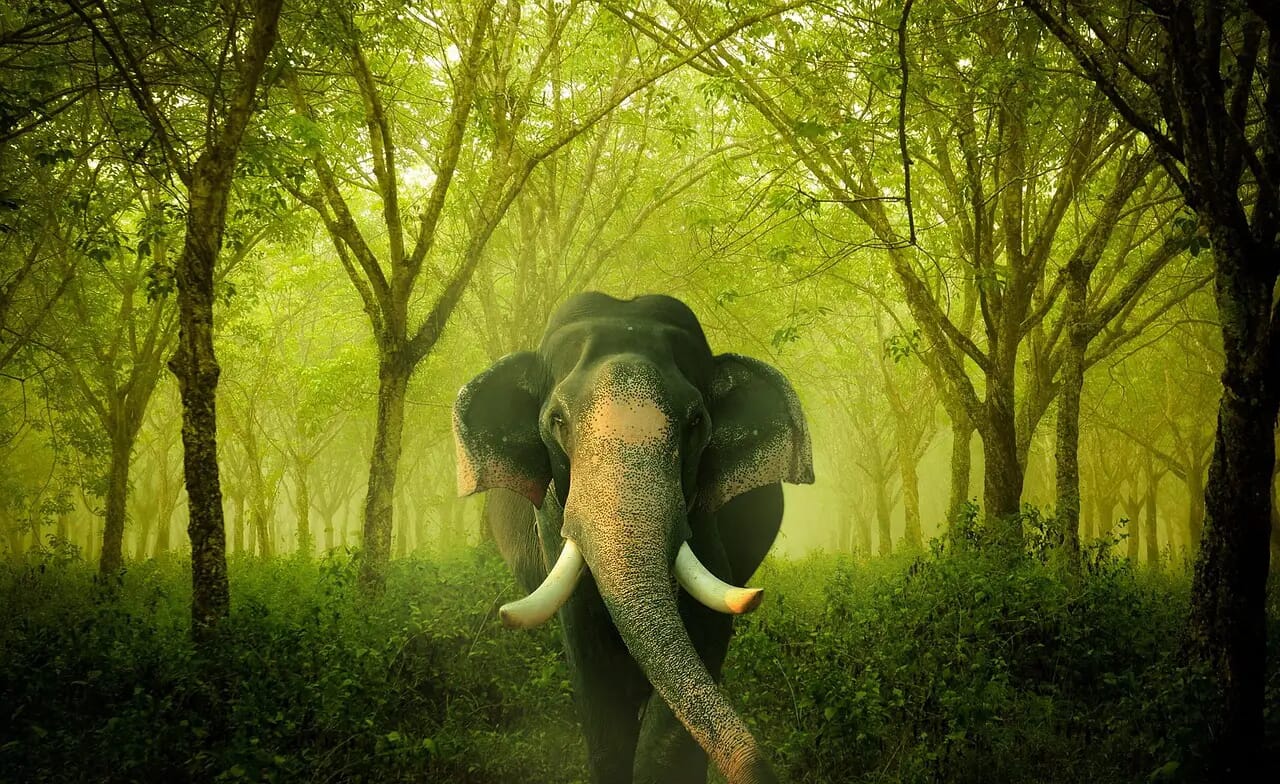

I seriously love your site.. Excellent colors & theme. Did you create this amazing site yourself? Please reply back as I’m trying to create my own site and would like to know where you got this from or what the theme is named. Thanks!
Good information. Lucky me I found your website by chance (stumbleupon). I have saved as a favorite for later!
Hey very cool blog!! Man .. Excellent .. Amazing .. I’ll bookmark your site and take the feeds also…I’m happy to find a lot of useful info here in the post, we need develop more strategies in this regard, thanks for sharing. . . . . .